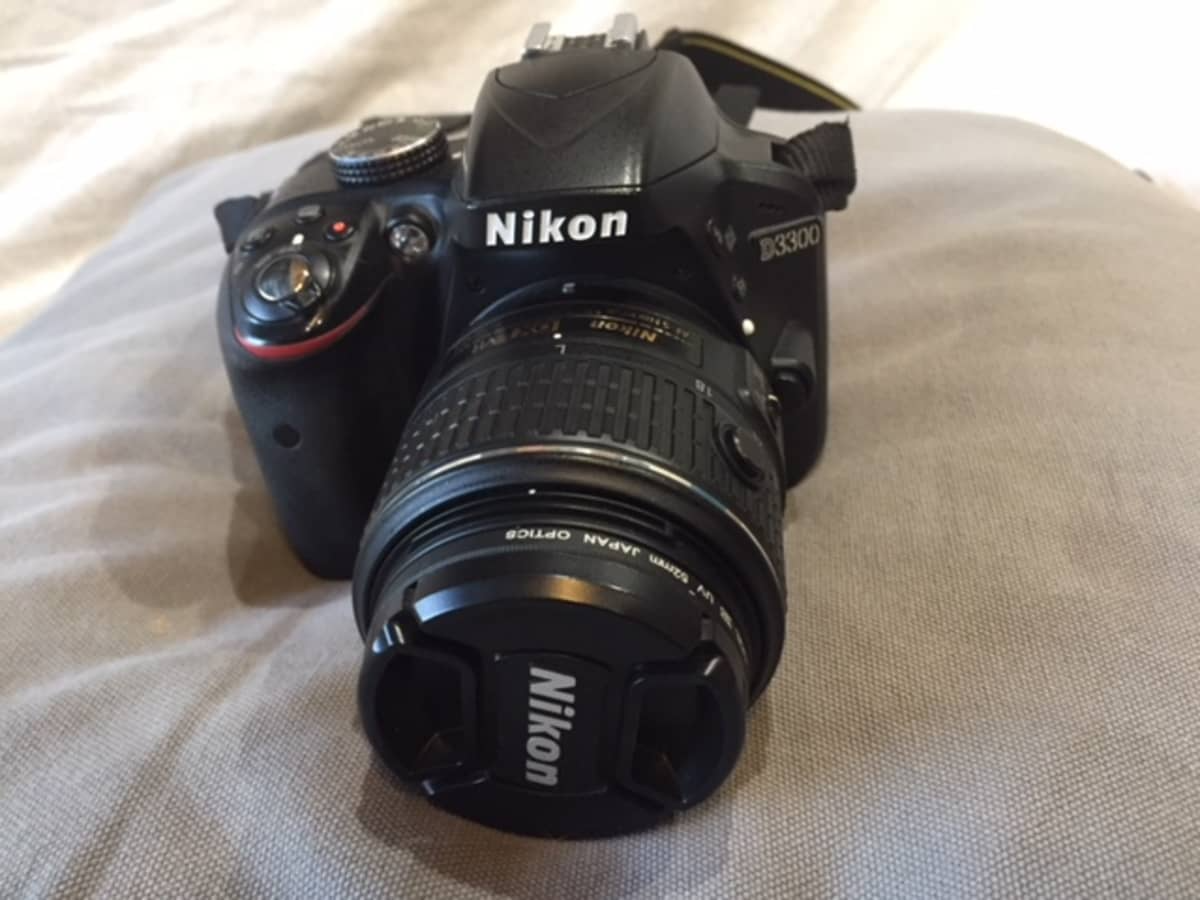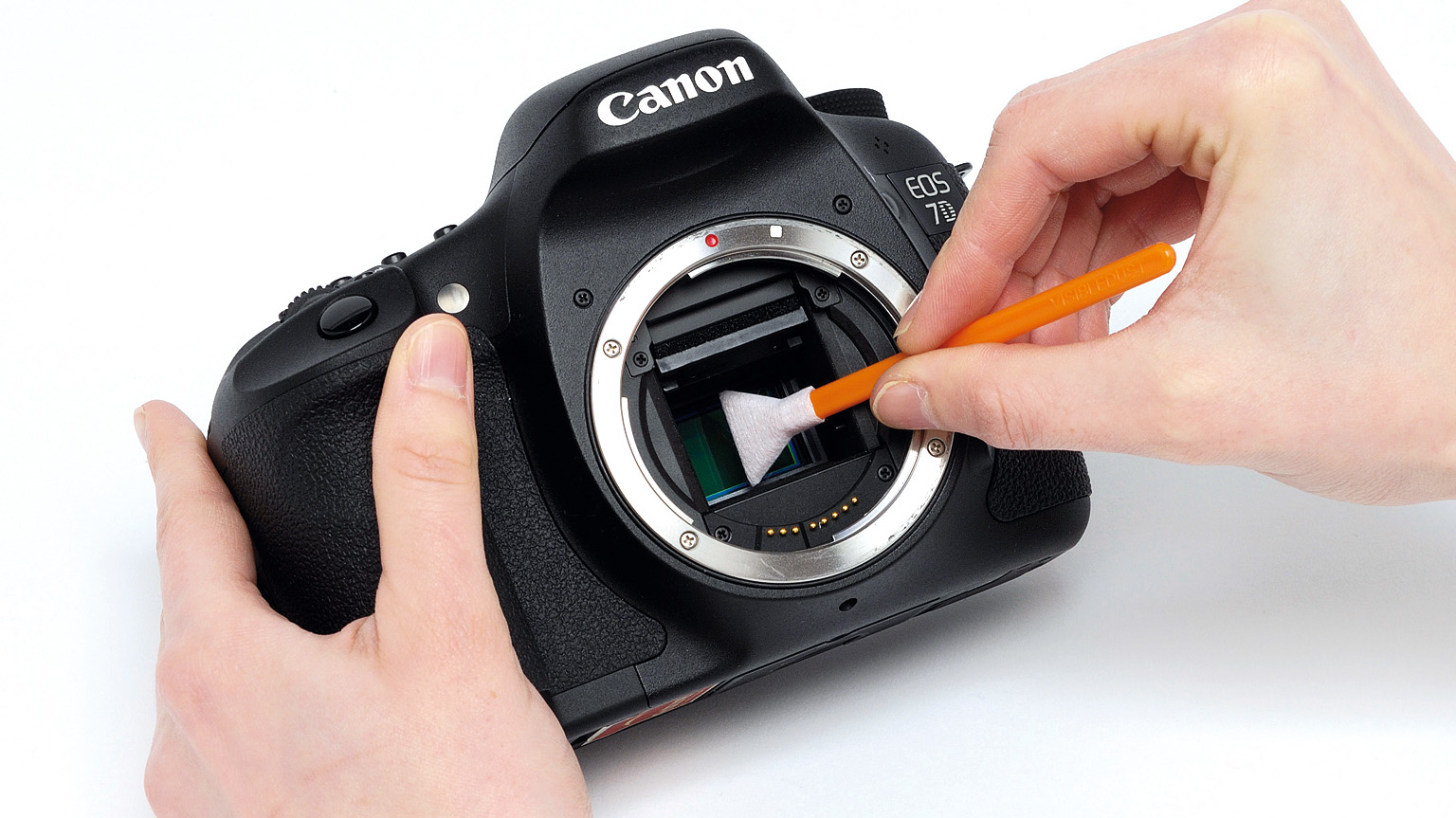Dust and debris on your camera sensor can compromise the quality of your images. While cleaning a camera sensor may seem daunting, it’s a necessary skill for photographers to ensure their equipment captures the best possible image. This guide provides a step-by-step approach to safely cleaning your camera sensor.
Understanding the Need for Sensor Cleaning
Identifying Sensor Dirt
Dust spots on your camera sensor are an inconvenient reality of digital photography, especially for those who frequently change lenses or shoot in dusty environments. These tiny particles can cast shadows on your camera’s sensor, appearing as pesky blemishes on your images—most notably in areas of uniform color, like skies or white walls, and when shooting at smaller apertures (e.g., f/16 or higher).
Sensor dust is particularly problematic for photographers who require crisp, clean images, such as landscape or product photographers. Even portrait photographers can find dust spots distracting, especially in the smooth background areas of their images. For professionals, the presence of dust can also mean additional time spent on post-processing, painstakingly removing each spot from their photographs.
The Consequences of a Dirty Sensor
Beyond the visual annoyance, dust and debris on the sensor can have more serious consequences. If left unattended, these particles can scratch the delicate surface of the sensor or the low-pass filter that sits in front of it. Scratches are far more problematic than dust, as they can permanently affect image quality and may require costly servicing or part replacement.
Understanding the impact of sensor dirt is essential because it informs the photographer’s maintenance schedule. Regular checks for sensor dust should become a part of any photographer’s routine, especially before important shoots or after working in challenging conditions. Sensor checks are simple: take a photograph of a clear sky or a white wall with a narrow aperture setting and examine the image for any consistent, dark spots.

Prevention and Maintenance
While cleaning the sensor is an effective way to remove dust, prevention is even better. Good camera handling practices, such as minimizing lens changes in dusty environments, turning the camera off before changing lenses (as some sensors have an electrostatic charge that can attract dust), and keeping the body cap on when a lens is not attached, can go a long way in keeping your sensor cleaner for longer.
Despite best efforts to prevent dust from entering the camera, sensor cleaning remains an important aspect of digital camera maintenance. Understanding the need for and committing to regular sensor cleaning will not only ensure the highest image quality but also protect the camera from potential long-term damage, preserving its functionality and value.
Preparing for Sensor Cleaning
Gathering the Right Tools
Before beginning the sensor cleaning process, it is crucial to gather the proper tools. This preparation is vital because using incorrect or substandard equipment could lead to damaging your camera’s sensor. Sensor cleaning requires a few specialized items:
- Sensor Cleaning Swabs: Sensor swabs come in different sizes to match the various sensor dimensions. Make sure to purchase swabs that match the size of your camera’s sensor to avoid touching the surrounding chamber and potentially dragging more dust onto the sensor.
- Sensor Cleaning Solution: A cleaning solution designed specifically for camera sensors is critical. These solutions are formulated to evaporate quickly without leaving residue.
- Rocket Blower: A hand-operated rocket blower can remove loose dust particles from the sensor without direct contact. Refrain from using compressed air as this can introduce propellant chemicals onto the sensor.
- LED Loupe: An LED loupe designed for sensor inspection can greatly aid in identifying dust particles that need to be removed.
- Gloves: Wearing gloves during the cleaning process can prevent additional oils and smudges from getting onto the sensor or sensor swabs.
- Tweezers: Tweezers may be necessary to handle the swabs without contaminating them.
- Microfiber Cloth: A microfiber cloth is useful for cleaning the camera’s exterior and lens mount before opening up the camera to prevent additional dust from getting inside.

Setting Up a Clean Workspace
Having the right tools is only part of the preparation; it is equally important to create an optimal workspace for sensor cleaning. Choose a clean, dust-free environment to minimize the risk of new particles settling on the sensor during the cleaning process. Follow these steps to set up your workspace:
- Find a Brightly Lit Area: Good lighting is essential so that you can see the sensor clearly. Natural light is best, but if that’s not possible, choose a well-lit room or use a lamp to illuminate your work area.
- Control Air Flow: Turn off any fans or air conditioning units that could stir up dust in the room.
- Clean Work Surface: Use a clean, flat surface to work on. Wipe it down with a damp microfiber cloth to remove any dust, and allow it to dry completely before laying out your tools.
- Wash Your Hands: Before starting the cleaning process, wash your hands thoroughly to remove any oils or contaminants that could be transferred to the sensor.
- Lay Out Your Tools: Arrange your sensor cleaning tools within easy reach on your work surface. Open the sensor swabs and cleaning solution only when you’re ready to use them to avoid any airborne contaminants.
- Camera Battery: Make sure your camera’s battery is fully charged. Most cameras require the battery to be at a certain level to engage the sensor cleaning mode which locks the mirror up (for DSLRs) and exposes the sensor.

By taking the time to properly prepare your tools and workspace, you can ensure that your sensor cleaning process will be as efficient and safe as possible. Preparation not only sets the stage for a successful cleaning but also instills confidence and peace of mind, knowing that you’re minimizing the risk of accidental damage to your camera’s sensor.
Conclusion
Cleaning your camera sensor is a delicate process that can extend the life and performance of your camera. By following the correct procedures and using the appropriate tools, you can maintain a clean sensor and ensure your photographs are spotless.
